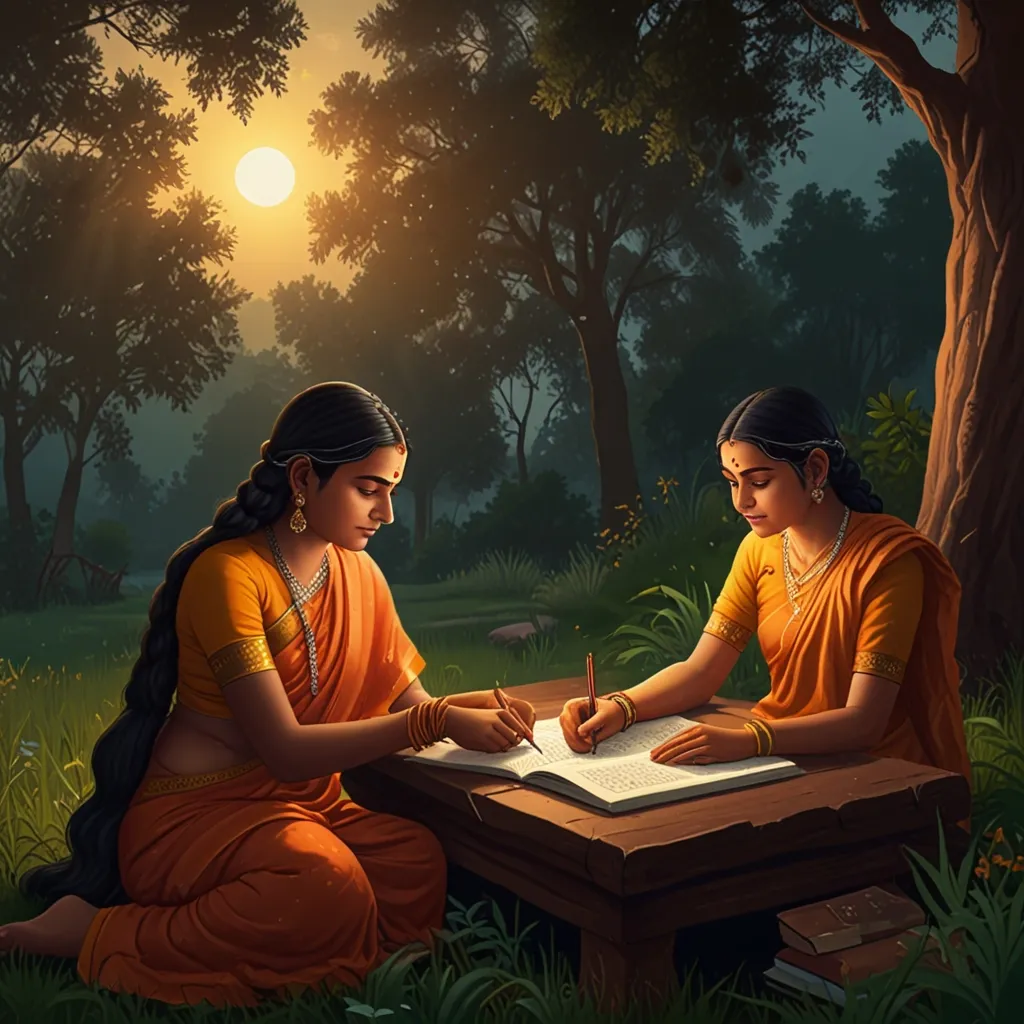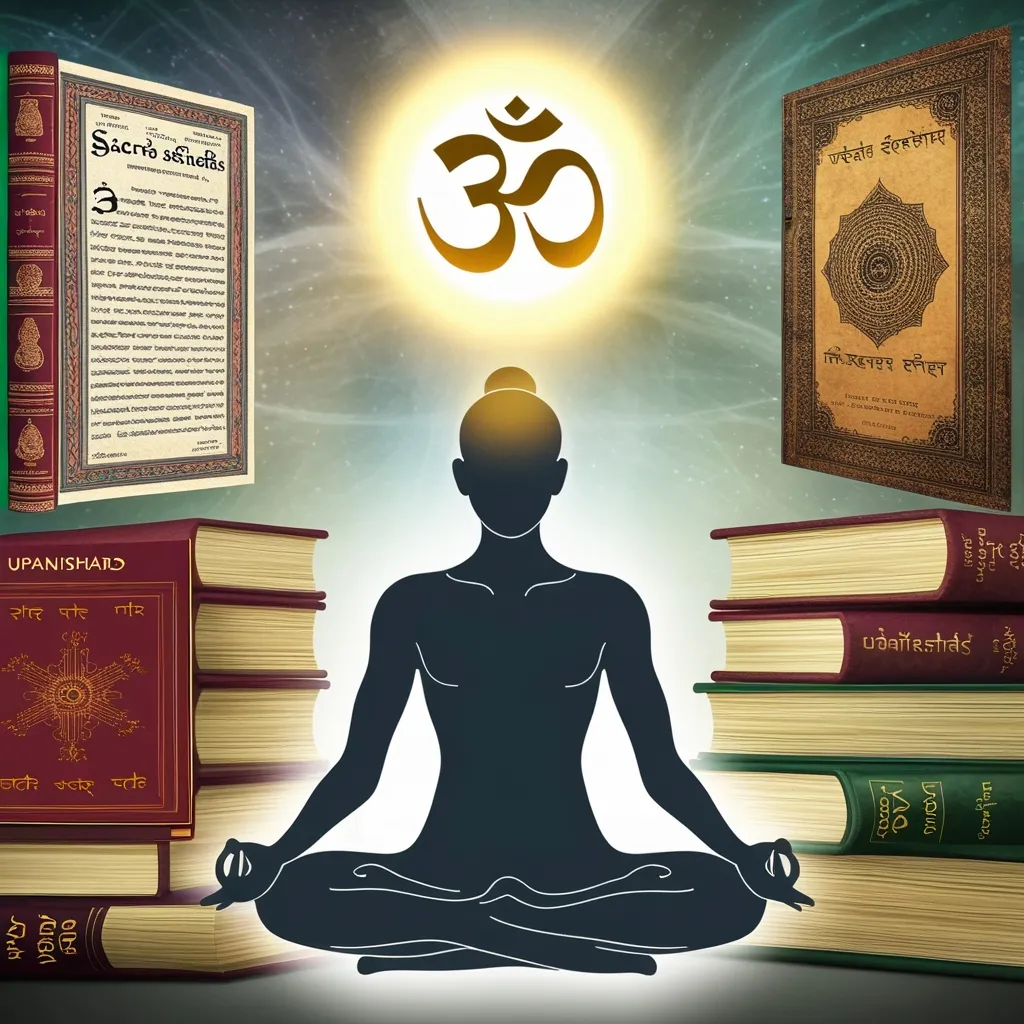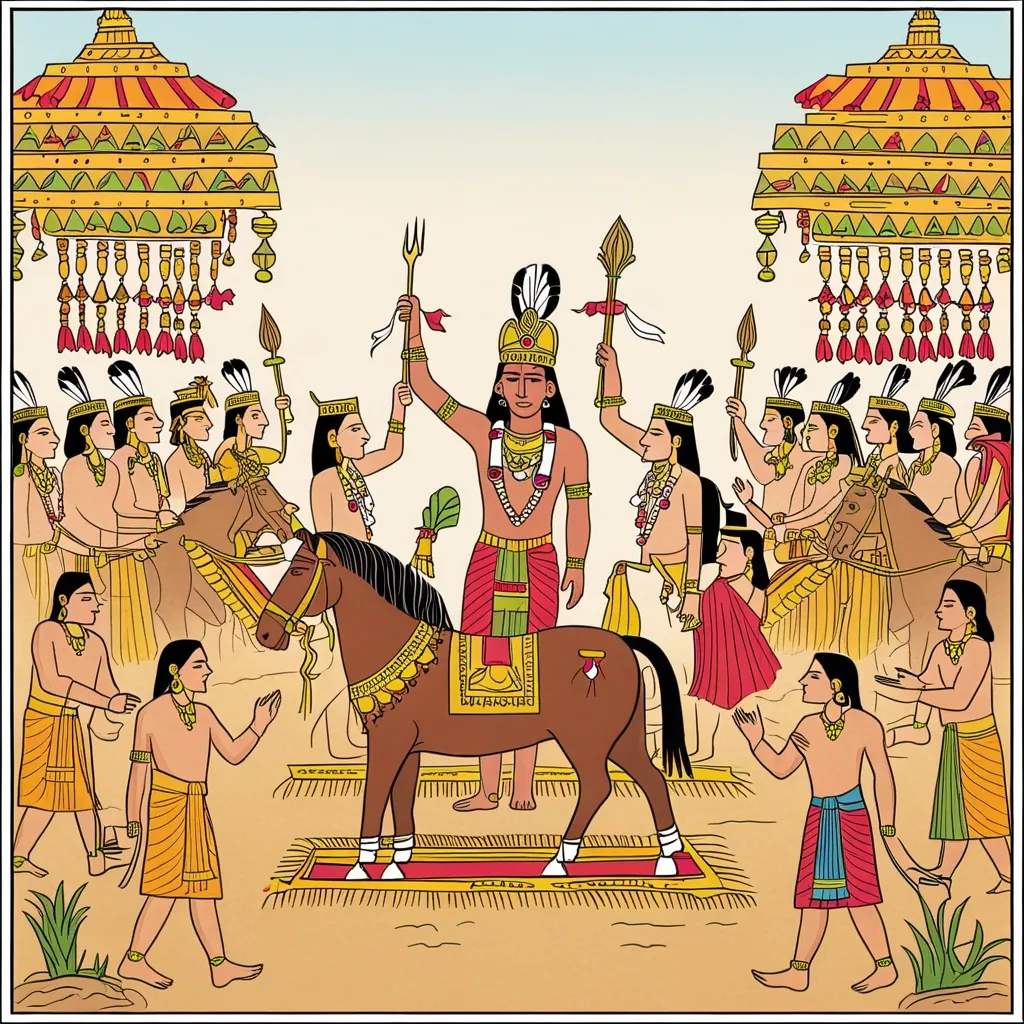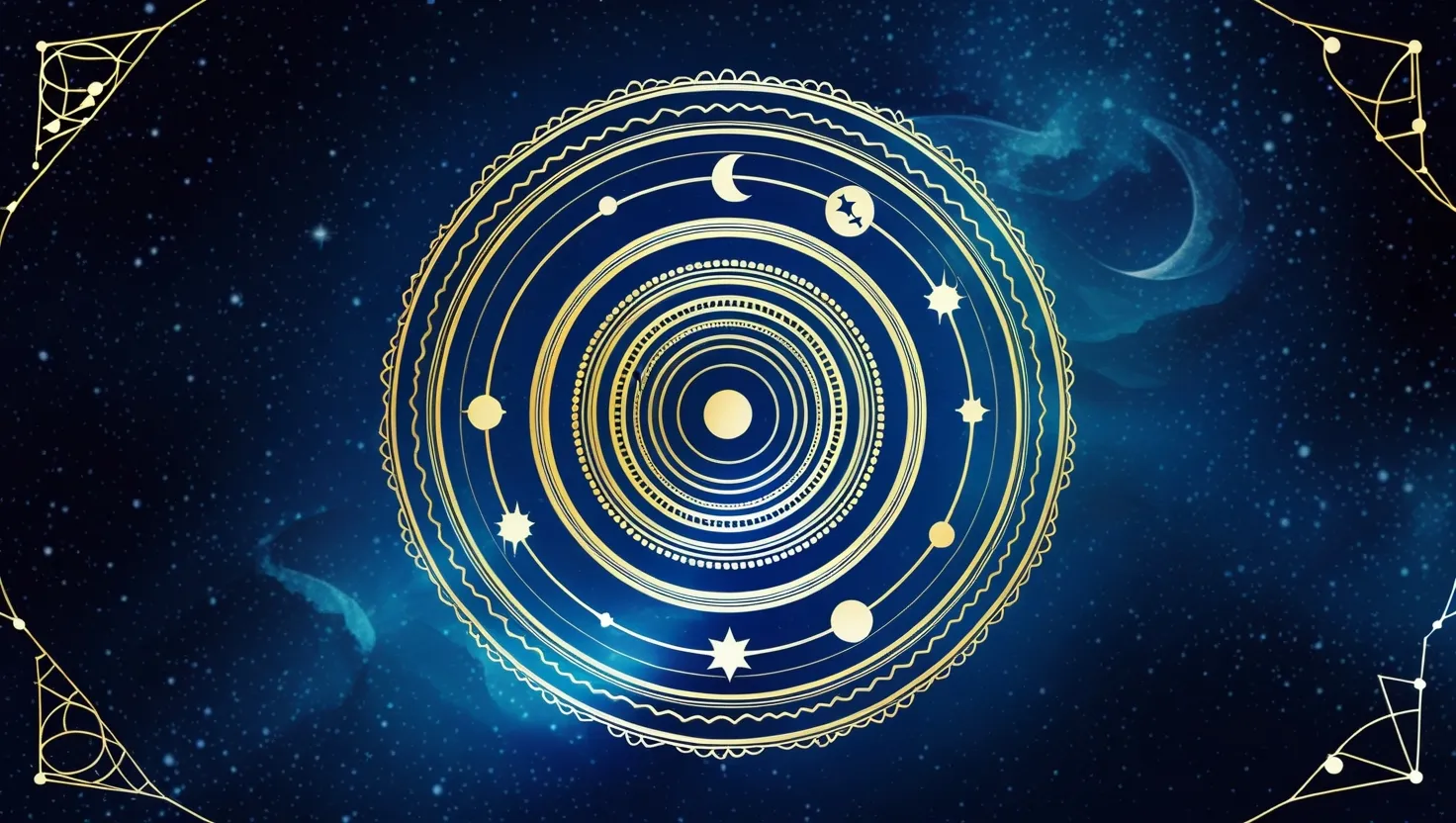Maya is a big deal in Hindu philosophy, especially in the Upanishads. It’s usually translated as “illusion” or “magic,” and it’s all about the way our true selves and the world around us get twisted up and hidden. Think of maya like a curtain that hides our true nature. According to the Upanishads, we’re not just regular people; we’re actually divine, pure, and perfect. But this truth gets covered up by maya, making us see a world that’s not what it really is.
Picture this: you’re walking down a dark path and suddenly see a snake. Heart pounding, you freak out. But when you look closer, it’s just a coiled rope. This example, often used by the sage Shankara, perfectly illustrates maya. We mistake the world and ourselves for things they aren’t. We see a universe full of names, forms, and conditions like time and space—but it’s all a big illusion. When we get to the heart of things and understand our true nature, this illusion fades away. Suddenly, we see everything as Brahman, the ultimate reality.
Maya isn’t just some small trick; it’s a super-strong force that hides spiritual reality. It makes us think we are our bodies, minds, and egos instead of our true selves, the Atman. This mix-up leads to all sorts of suffering and pain. We fear getting sick, old, and dying because we think we’re just our bodies. We get tangled up in anger, hatred, and misery because we cling to our egos.
The Upanishads talk about the universe as a dance between Purusha, the eternal and unchanging, and Prakriti, the shifting material world. Purusha is the Atman, our true self, while Prakriti is Maya, the changing world. Knowing the Atman is true knowledge or Vidya. But knowing only Maya, that’s ignorance or Avidya.
Think about the sun and clouds. The sun is always there, but thick clouds can block it from view. Our divine nature is always present, but maya covers it up. When we dive into spiritual practices like meditation and unselfish actions and build virtues like truthfulness and purity, we clear away those clouds. This mental cleanup lets our true nature shine through.
So, maya isn’t just some simple illusion. It’s a powerful concept explaining why we see the world and ourselves all twisted up. It’s a wake-up call that our true nature is divine. Recognizing maya for what it is can set us free from pain and ignorance, letting us see the world and ourselves clearly, as they truly are.






